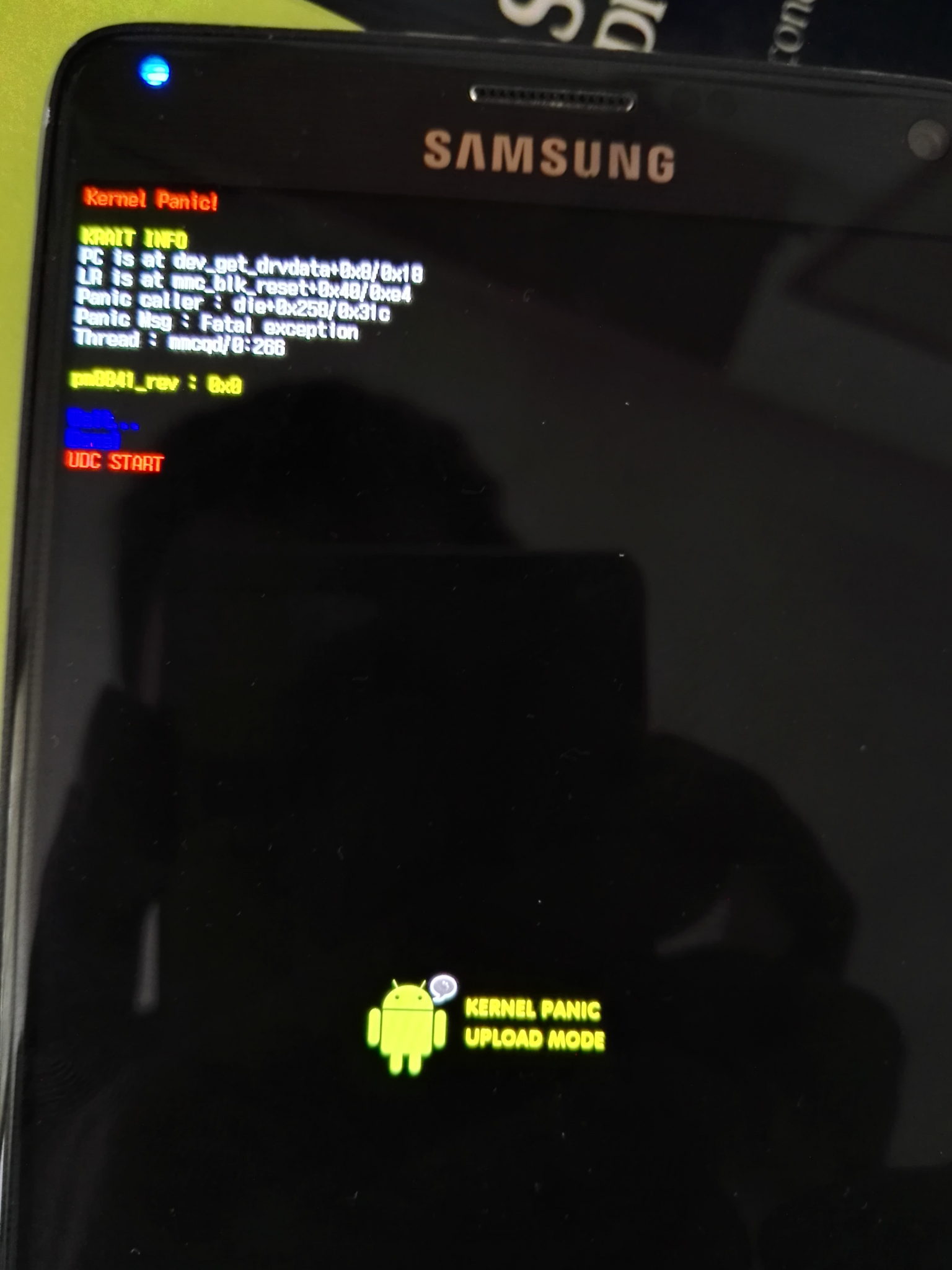

Other ways of using panic mode described in the application include a loud alarm that goes off in panic mode and does not stop until the user confirms that they are safe, or a distress signal that could be sent to nearby iPhones, or placing a phone call.ĭepending on the fingerprint that was captured, a particular action may be carried out when the device is unlocked. The patent application also describes that in panic mode, iPhone’s camera and microphone will turn on to capture and record a robbery or crime scene and then sending that data to user’s iCloud account or possibly even local police.


The feature is designed to address the emergency situations, such as the iPhone owner is being robbed and forced to unlock the device before handing it over. However, its basic purpose is to recognize when the iPhone’s owner is in “distress,” and locking down the device and limiting access to private data. There are a number of other functions described by Apple in the application, which was filed back in May, 2014. Once the device enters panic mode, the thief won’t be able to access any data stored on the iPhone. The patent application describes a situation where an iPhone user is being robbed of his phone, and the user being robbed quickly places the panic mode finger on the Touch ID to unlock it, but limiting the access to the personal data on the device.


 0 kommentar(er)
0 kommentar(er)
